Home>diy>Building & Construction>What Are Beams Used For In Construction
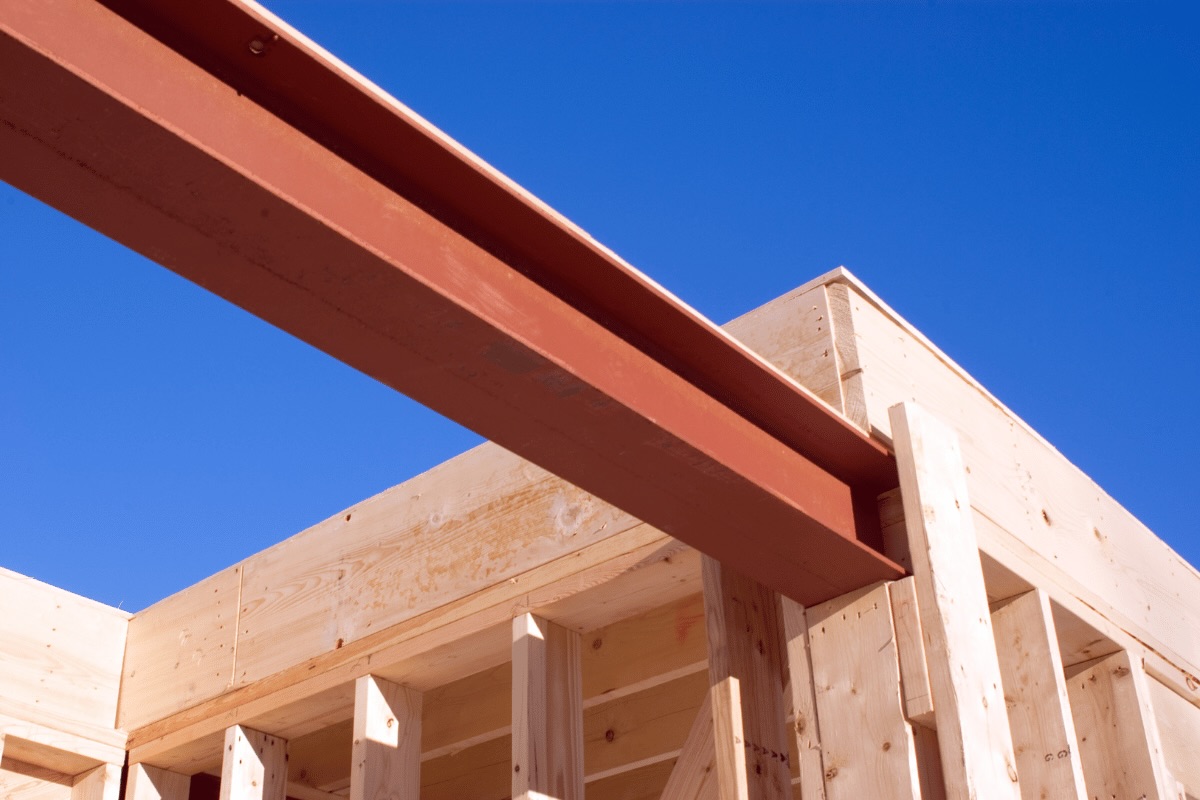

Building & Construction
What Are Beams Used For In Construction
Modified: December 7, 2023
Discover the purpose and importance of beams in the construction industry. Learn how beams are used in building construction for structural support and load-bearing.
(Many of the links in this article redirect to a specific reviewed product. Your purchase of these products through affiliate links helps to generate commission for Storables.com, at no extra cost. Learn more)
Introduction
In the world of construction, beams play a crucial role in providing structural support and stability. These horizontal or inclined structural elements are designed to withstand various loads and distribute them safely to the surrounding structures. Beams are used across different types of construction projects, including residential, commercial, and industrial buildings, bridges, and even in infrastructure development. Understanding the importance and applications of beams in construction is essential for architects, engineers, and construction professionals.
Beams are an integral part of the skeletal framework of a building or structure. They are primarily responsible for carrying and transferring loads to the columns or walls, which in turn transfer the load to the foundation. Whether it is the weight of the materials used in construction, live loads such as furniture or people, or even environmental factors such as wind or earthquake forces, beams play a key role in ensuring the structural integrity and safety of the entire construction project.
Furthermore, beams also contribute to the overall aesthetic appeal of a building. With advancements in design and architectural techniques, beams are not only functional but also serve as decorative elements, adding character to the space. Architects and designers are increasingly incorporating exposed beams in their plans to create a visually striking element within the building.
In this article, we will delve into the different types of beams, the materials used for their construction, the installation process, and their applications in various construction projects. We will also explore the benefits of using beams in construction and understand their load-bearing capacity.
Key Takeaways:
- Beams are essential for providing structural support, load distribution, and stability in construction projects, contributing to the durability and safety of buildings and structures.
- The versatility of beams, from their various types and materials to their long-span capabilities and architectural aesthetics, offers flexibility and adaptability in meeting design and construction requirements.
Read more: What Is A Beam In Construction
Definition of Beams
Beams are horizontal or inclined structural elements that are designed to withstand and distribute loads in a construction project. They are one of the fundamental components of a building’s framework and are typically made of materials such as steel, concrete, or wood. Beams are characterized by their long, rectangular shape, with a high strength-to-weight ratio that allows them to bear heavy loads.
The primary function of beams is to transfer the loads they carry, whether it be the weight of the structure, live loads, or environmental forces, to the columns or walls. By distributing the load evenly to the supporting elements, beams ensure the overall stability and structural integrity of the building or structure.
Beams can be classified into different types based on their shape, material, or method of support. Some common types of beams include:
- Rectangular Beams: These beams have a rectangular cross-section and are widely used in construction due to their simplicity and ease of fabrication.
- I Beams (or H Beams): These beams have a cross-section resembling the letter “I.” They are often used in structures where high strength and load-carrying capacity are required.
- Cantilever Beams: Cantilever beams are supported on one end and extend beyond the support. They are commonly used in balconies, bridges, and other structures where one side needs to be free from support.
- T Beams: T beams are similar to rectangular beams, but they feature a flange extending vertically from the top of the beam. They are commonly used in floor and roof constructions.
Each type of beam has its own unique properties and applications, making them suitable for different structural requirements. The choice of beam type depends on factors such as the load to be supported, span length, available materials, and design considerations.
Overall, beams play a crucial role in the construction industry by providing support, stability, and load distribution. They are essential elements in creating safe, durable, and aesthetically pleasing structures.
Types of Beams
Beams come in various types, shapes, and sizes to cater to different construction requirements. The selection of the appropriate beam type depends on factors such as the structural design, span length, load-bearing capacity, and material availability. Here are some of the common types of beams used in construction:
- Rectangular Beams: Rectangular beams, also known as simply supported beams, are the most common type of beams used in construction. They have a simple rectangular cross-section and are often made of materials such as steel, concrete, or wood. Rectangular beams are versatile and easy to manufacture, making them suitable for various applications.
- I Beams (or H Beams): I beams, also known as H beams due to their cross-sectional shape, are widely used in construction projects that require high load-carrying capacity. The flanges on both sides of the beam provide added strength and stability. I beams are commonly used in applications such as bridge construction, multi-story buildings, and heavy machinery support.
- Cantilever Beams: Cantilever beams are supported on only one end and extend beyond the support, creating an overhanging structure. They are commonly used in applications where one side needs to be free from support, such as balconies, canopy structures, and bridges. The extended portion of the beam is designed to withstand the load and provide structural stability.
- T Beams: T beams, also known as T-shaped beams, are used in situations where a large load-bearing capacity is required. They have a T-shaped cross-section, with a larger flange on top and a narrower stem. T beams are commonly used in floor and roof constructions, as well as in bridge construction.
- L Beams: L beams, also known as angle beams or angle irons, have an L-shaped cross-section and are commonly used in construction projects where structural support and bracing are required. L beams are versatile and can be used for various applications such as framing, bracing, and support in building constructions, infrastructure projects, and even in furniture making.
These are just a few examples of the many types of beams used in construction. Each type has its own advantages and applications, and it is important to choose the right beam type based on the specific requirements of the project. The selection of the appropriate beam type ensures the structural integrity, safety, and overall performance of the construction project.
Role of Beams in Construction
Beams play a crucial role in the construction industry as they provide structural support and stability to buildings and other structures. They are an essential component of the construction framework and perform several key functions:
1. Load Distribution: One of the primary roles of beams is to distribute loads. Beams are designed to bear the weight of the structure itself, including the walls, floors, and roof. They also carry the additional loads imposed by people, furniture, equipment, and environmental forces such as wind and seismic activity. By distributing these loads to the columns or walls, beams ensure that the weight is evenly transferred to the foundation, preventing excessive stress on any single part of the structure.
2. Structural Support: Beams provide critical support to the various components of a building or structure. They act as load-bearing members, helping to maintain the overall stability and integrity of the construction project. Beams support the weight of the floors above, allowing for the creation of multi-level structures. They also provide support for roof systems, helping to carry the weight of the roof materials and transfer it to the columns or walls.
3. Spanning Open Spaces: Beams are essential for spanning open areas without the need for additional support columns or walls. By utilizing beams, architects and engineers can create large, open floor plans, allowing for flexibility and versatility in design. This is particularly important in commercial and industrial buildings, where open spaces are often required for manufacturing processes, storage, or retail operations.
4. Load Bearing Capacity: Beams are specifically designed to have high load-bearing capacities, ensuring they can handle the required weight and forces. The selection of the appropriate beam type and material is crucial to ensure that it can safely and effectively support the anticipated loads. Advanced engineering and structural analysis techniques are used to determine the optimal design and dimensions of beams to ensure they meet the necessary load requirements.
5. Aesthetic Appeal: While primarily functional, beams can also contribute to the visual appeal of a structure. Exposed beams, with their unique shapes and materials, can add architectural interest and create a sense of character in both residential and commercial buildings. Designers often incorporate beams as a decorative element, allowing them to enhance the overall aesthetic of the space.
Overall, beams are vital components in the construction industry, providing strength, stability, and load distribution to buildings and structures. Their role in supporting the weight and loads allows for the creation of safe, durable, and visually appealing construction projects.
Load-bearing Capacity of Beams
The load-bearing capacity of beams is a critical aspect in the design and construction of structures. It refers to the maximum amount of weight or load that a beam can safely support without failure or excessive deflection. The load-bearing capacity of a beam depends on several factors, including the material used, dimensions of the beam, and the type of support it receives.
1. Material: The choice of material greatly impacts the load-bearing capacity of a beam. Common materials used for beams include steel, concrete, and wood. Steel beams are known for their high strength and load-carrying capacity, making them suitable for heavy-duty applications. Concrete beams are known for their durability and resistance to fire and moisture, making them ideal for construction projects requiring long-lasting structural integrity. Wood beams are lightweight and easy to work with, making them a popular choice in residential construction.
2. Dimensions: The dimensions of a beam, including its cross-sectional area and height, directly affect its load-bearing capacity. Generally, a larger cross-sectional area and greater height provide a higher load-bearing capacity. However, it is essential to strike the right balance between the dimensions of the beam and the overall structural design to ensure optimal performance and efficiency.
3. Support Conditions: The support conditions of a beam significantly impact its load-bearing capacity. Beams can be supported by either simple supports (supported at both ends), cantilever supports (supported at one end only), or continuous supports (supported at multiple points along the beam). The type of support determines how the beam distributes the load to the supporting elements. The length of the span between supports and the distribution of load along the span also affect the load-bearing capacity.
4. Design Factors: The design factors considered during the beam’s construction and installation also influence its load-bearing capacity. Factors such as the appropriate choice of beam type, accurate calculation of loads, and adherence to building codes and standards are critical to ensure that the beam can safely carry the intended load.
It is important to note that determining the precise load-bearing capacity of a beam requires specialized engineering calculations and analysis. Professional structural engineers use sophisticated software and techniques to calculate the load requirements and choose the appropriate beam dimensions and materials for a given construction project. This ensures that the beams can withstand the anticipated loads and provide the necessary support and stability for the structure.
Overall, understanding the load-bearing capacity of beams is essential in construction to ensure the safety and optimal performance of structures. By properly considering the material, dimensions, support conditions, and design factors, engineers can select and design beams that can efficiently support the loads imposed on them, contributing to the durability and longevity of the construction project.
Beams are used in construction to support the weight of the structure above, distribute the load, and provide stability. When designing or building with beams, it’s important to consider the type of material, size, and placement to ensure proper support and structural integrity.
Materials Used for Beams in Construction
Beams are important structural elements in construction that provide support and stability to buildings and structures. Various materials are used for the construction of beams, each offering unique properties and suitability for different applications. The choice of material depends on factors such as load requirements, cost-effectiveness, durability, and availability. Here are some commonly used materials for beams in construction:
1. Steel: Steel is a popular choice for beam construction due to its high strength, durability, and versatility. Steel beams can withstand heavy loads and provide long-span capabilities. They are commonly used in commercial buildings, bridges, and industrial structures. Steel beams also offer the advantage of being fire-resistant, making them suitable for applications that require a high level of fire safety.
2. Concrete: Concrete beams are another widely used material in construction. They are made by pouring concrete into formwork, which is then left to harden. Concrete beams offer excellent compressive strength and durability, making them suitable for large-scale construction projects. Reinforced concrete beams, where steel reinforcement is embedded within the concrete, further enhance their load-bearing capacity. Concrete beams are commonly used in residential and commercial buildings, bridges, and other infrastructure projects.
3. Wood: Wood beams are commonly used in residential construction and smaller-scale projects. They are lightweight, easy to work with, and cost-effective. Wood beams offer good strength-to-weight ratio and are suitable for applications such as residential floors, roofs, and interior framing. However, wood beams are sensitive to moisture, fire, and insect damage, which may necessitate appropriate treatment or protection.
4. Composite Materials: Composite materials, such as fiber-reinforced polymers (FRP), are increasingly used for beam construction. FRP beams offer excellent strength-to-weight ratio, corrosion resistance, and can be designed to suit specific load requirements. They are commonly used in applications where weight reduction is a key consideration, such as pedestrian bridges, recreational facilities, and aerospace structures.
5. Laminated Veneer Lumber (LVL): Laminated veneer lumber is manufactured by bonding thin veneers of wood together with adhesives. LVL beams offer a high strength-to-weight ratio, making them suitable for applications where long spans and high load-bearing capacity are required. They are commonly used in residential construction for beams, headers, and rim boards.
It is important to note that the selection of the appropriate material for beams depends on factors such as design requirements, budget, structural considerations, and local building codes and regulations. Consulting with structural engineers and architects can help determine the most suitable material for the specific construction project.
By understanding the characteristics and benefits of different materials, construction professionals can make informed decisions about the choice of materials for beams, ensuring the structural integrity, strength, and durability of the overall construction project.
Beam Installation Process
The installation of beams is a crucial part of the construction process, ensuring the structural integrity and stability of the building or structure. The beam installation process involves several steps that need to be executed accurately and safely. Here is a general overview of the beam installation process:
1. Design and Planning: Before installing beams, it is essential to have a comprehensive structural design and plan in place. This includes determining the appropriate beam types, dimensions, and material specifications, as well as analyzing load requirements and support conditions. Structural engineers collaborate with architects and other professionals to create a detailed plan that ensures the beams will provide the necessary support and meet all safety regulations.
2. Fabrication: Once the beam design is finalized, the beams are fabricated based on the specified dimensions and material requirements. Steel beams are typically prefabricated off-site, while concrete beams may be cast in place or manufactured in a precast facility. Wood beams may be purchased or cut to size on-site.
3. Preparation of the Construction Area: Before installation, the construction area must be prepared. This involves clearing the space and ensuring a level foundation for the beams. Any necessary support structures, such as columns or walls, should also be in place before beam installation begins.
4. Lifting and Placement: Depending on the size and weight of the beams, specialized equipment such as cranes or forklifts may be used to lift and place the beams into position. Care must be taken to ensure proper alignment and level placement of the beams. Temporary bracing may be used to hold the beams in place during the construction process.
5. Connection and Fastening: Once the beams are in place, they need to be securely connected to the supporting elements. This typically involves using bolts, brackets, or other appropriate fasteners to create a strong connection. The specific method of connection will vary depending on the beam type and the supporting structure.
6. Inspection and Testing: After the beam installation, a thorough inspection is conducted to ensure all connections and attachments are secure and in accordance with safety standards. Load testing may also be performed to verify the load-bearing capacity of the installed beams.
7. Integration with Other Components: Once the beams are installed, they are integrated with other structural components, such as columns, walls, and floors. This may involve further connections, reinforcement, and the addition of other elements to complete the overall structure.
Throughout the beam installation process, safety precautions must be followed to protect workers and ensure compliance with industry regulations. Adequate personal protective equipment (PPE), such as hard hats, safety glasses, and harnesses, should be worn, and proper lifting techniques should be employed to prevent accidents or injuries.
It is important to note that the beam installation process may vary depending on the specific project requirements, construction methods, and local codes and regulations. Consulting with professionals and following established best practices in the industry is crucial to ensure a successful and safe beam installation.
Beam Applications in Different Construction Projects
Beams are versatile structural elements that find applications in various construction projects. Their load-bearing capacity and ability to provide support and stability make them essential components in different types of construction. Here are some common applications of beams in different construction projects:
1. Residential Construction: Beams are extensively used in residential construction for a variety of purposes. They play a critical role in supporting the floors, roofs, and walls of houses. Beams help distribute the weight of the structure, allowing for the creation of open floor plans and multiple levels in residential buildings. They are also used to support features such as balconies, decks, and overhanging structures.
2. Commercial Construction: In commercial buildings such as offices, retail spaces, and warehouses, beams are used to provide structural support and enable large, open spaces. They are commonly used in the construction of high-rise buildings to support the floors, walls, and ceilings. Beams also help to create flexible layouts that accommodate the specific requirements of commercial establishments.
3. Industrial Construction: Industrial construction projects, such as factories, manufacturing plants, and storage facilities, require robust structures capable of supporting heavy loads and machinery. Beams are used to create sturdy frameworks that provide support for heavy equipment, conveyor systems, and storage racks. Steel beams, in particular, are popular in industrial construction due to their high load-bearing capacity and durability.
4. Bridge Construction: Beams play a crucial role in bridge construction projects. They are used to span the gaps between columns or piers, providing support for the bridge deck. Bridge beams can be made from various materials, including steel, concrete, or composite materials, depending on the specific bridge design and load requirements. The selection of the right type of beams is crucial to ensure optimal performance and safety of the bridge.
5. Infrastructure Development: Beams are integral components in infrastructure development projects such as highways, tunnels, and airports. They are used in the construction of retaining walls, support structures, and platforms. Beams also facilitate the construction of underground structures, providing stability and support in challenging environments.
6. Renovation and Restoration Projects: Beams are often utilized in renovation and restoration projects to reinforce existing structures. They can be used to replace deteriorated or damaged beams, providing improved structural integrity. In historical restoration projects, beams may be preserved and exposed to maintain the original architectural character while ensuring stability and safety.
These are just a few examples of how beams find applications in various construction projects. The specific use of beams depends on the project requirements, load considerations, space utilization, and design preferences. Architects, engineers, and construction professionals carefully assess these factors to determine the most suitable beam applications in each construction project.
Benefits of Using Beams in Construction
Beams play a crucial role in construction projects, providing numerous benefits that contribute to the overall structural integrity, aesthetics, and functionality of buildings and structures. Here are some key benefits of using beams in construction:
1. Structural Support: One of the primary benefits of using beams is their ability to provide structural support. Beams help distribute the weight and loads of a structure to the supporting elements, such as columns or walls. This ensures that the structure can withstand the imposed loads, preventing excessive stress on any particular part of the building. By supporting the floors, walls, and roofs, beams enable the creation of safe and durable structures.
2. Load-Bearing Capacity: Beams are designed to have high load-bearing capacity and can bear significant weights. The selection of the appropriate beam type, material, and dimensions ensures that they can safely carry the anticipated loads. Beams can withstand the weight of the structure itself, as well as live loads such as people, furniture, equipment, and environmental forces such as wind or seismic activity. This allows for the construction of robust and reliable buildings and structures.
3. Flexibility in Design: Beams offer flexibility in the design and layout of structures. They allow for the creation of open floor plans and multi-level arrangements, providing versatility in architectural designs. Beams enable the construction of large, open spaces in commercial buildings, accommodating specific requirements such as storage, production areas, or retail spaces. They also offer options for unique architectural features, such as exposed beams, which add character and visual appeal to the space.
4. Long-Span Capabilities: Beams, especially steel and concrete beams, have the ability to span large distances without additional intermediate supports. This reduces the need for columns or walls, allowing for more open and flexible layouts. Long-span beams are particularly advantageous in commercial and industrial settings, where uninterrupted floor space or wide clearances are required, such as in warehouses and manufacturing plants.
5. Durable and Resilient: Beams, particularly those made of steel or concrete, exhibit excellent durability and resilience. They can withstand environmental factors such as weather, moisture, and temperature variations. Steel beams are resistant to fire, making them suitable for applications demanding high levels of fire safety. Concrete beams are known for their resistance to moisture and insect damage, ensuring the longevity and stability of structures.
6. Architectural Aesthetics: Beams can also enhance the architectural aesthetics of a building or structure. Exposed beams, with their unique shapes and materials, can serve as decorative elements, adding visual interest and character to the space. Architects and designers often incorporate beams into their designs to create a sense of style and uniqueness, making the building visually appealing.
Overall, the benefits of using beams in construction are significant. They provide structural support, ensure load-bearing capacity, offer design flexibility, and contribute to the durability and aesthetic appeal of buildings and structures. By carefully selecting and incorporating beams into construction projects, architects and engineers can create safe, functional, and visually stunning structures that stand the test of time.
Read more: What Are Sills Used For In Construction
Conclusion
Beams are vital components in the construction industry, providing structural support, load distribution, and stability to buildings and structures. Their role in ensuring the integrity and safety of construction projects cannot be overstated. From residential houses to commercial buildings, bridges to industrial facilities, beams play a crucial part in creating strong, durable, and aesthetically pleasing structures.
Through various types and materials, beams offer versatility and adaptability in meeting design and construction requirements. Whether it is steel beams offering exceptional strength and load-bearing capacity, concrete beams providing durability and fire resistance, or wood beams providing a cost-effective and lightweight solution, each material has its own advantages and applications.
The beam installation process requires careful planning, precise design, and adherence to safety standards. Accurate fabrication, proper connection, and integration with other structural components are crucial in ensuring a successful installation. Professional guidance and expertise are essential to ensure that beams are installed accurately and securely.
Beams find applications across diverse construction projects, such as residential, commercial, industrial, and infrastructure. They provide support for floors, roofs, walls, and bridges, enabling the creation of open spaces, accommodating heavy machinery, and maintaining the structural stability of the entire construction project.
The benefits of using beams in construction are significant. They offer structural support, high load-bearing capacity, design flexibility, long-span capabilities, durability, and architectural aesthetics. By carefully selecting the appropriate beam type, material, and dimensions, architects and engineers can create structures that are not only functional and safe but also visually appealing.
In conclusion, beams are the backbone of construction projects, providing the strength, stability, and support required for safe and durable structures. Their importance cannot be overlooked, and a thorough understanding of beams is essential for architects, engineers, and construction professionals seeking to create innovative and reliable buildings.
Frequently Asked Questions about What Are Beams Used For In Construction
Was this page helpful?
At Storables.com, we guarantee accurate and reliable information. Our content, validated by Expert Board Contributors, is crafted following stringent Editorial Policies. We're committed to providing you with well-researched, expert-backed insights for all your informational needs.

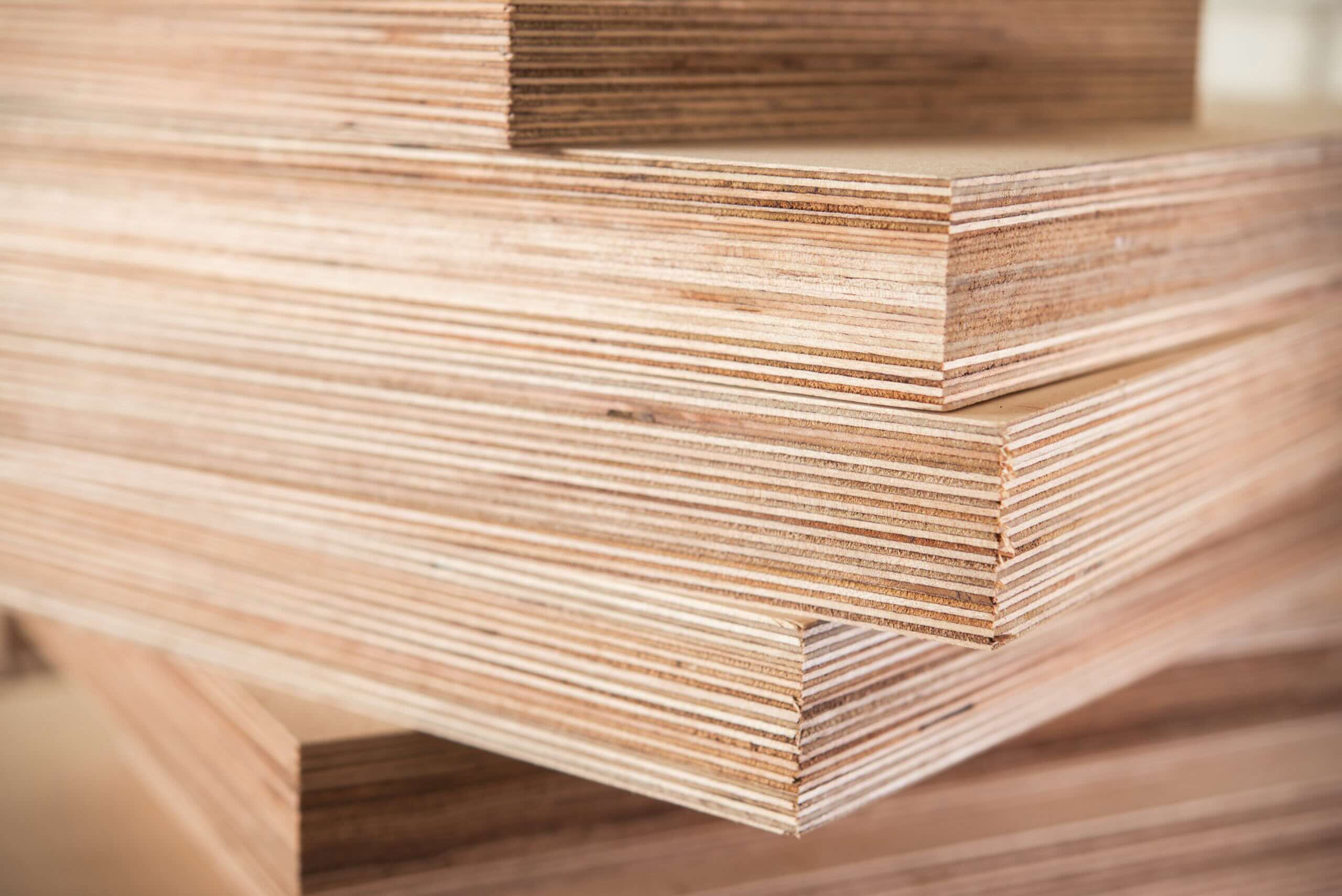

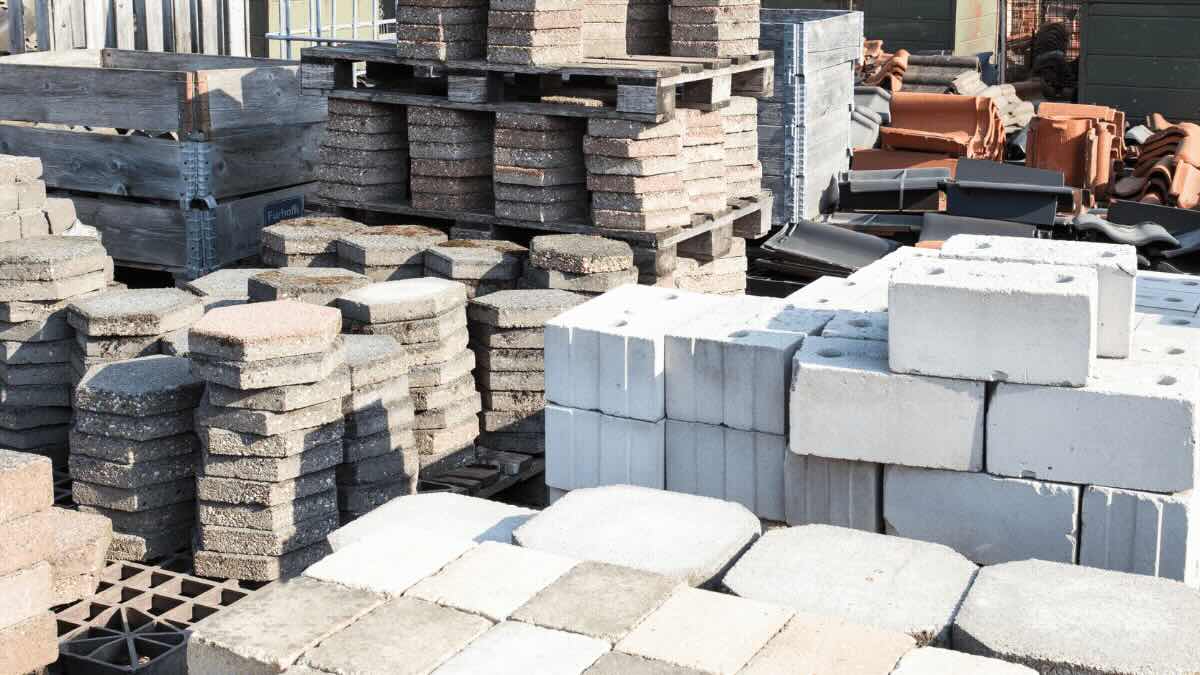
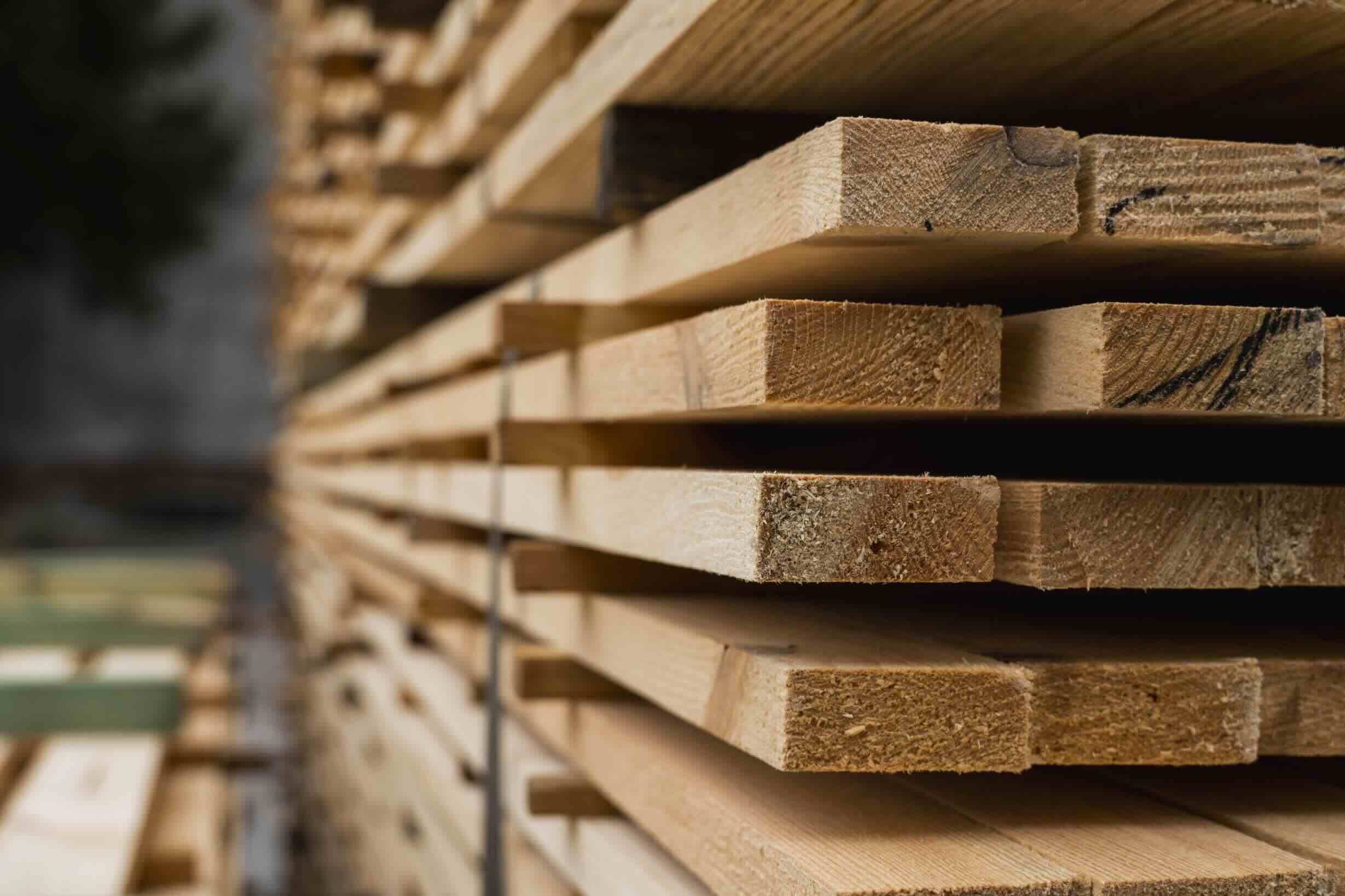
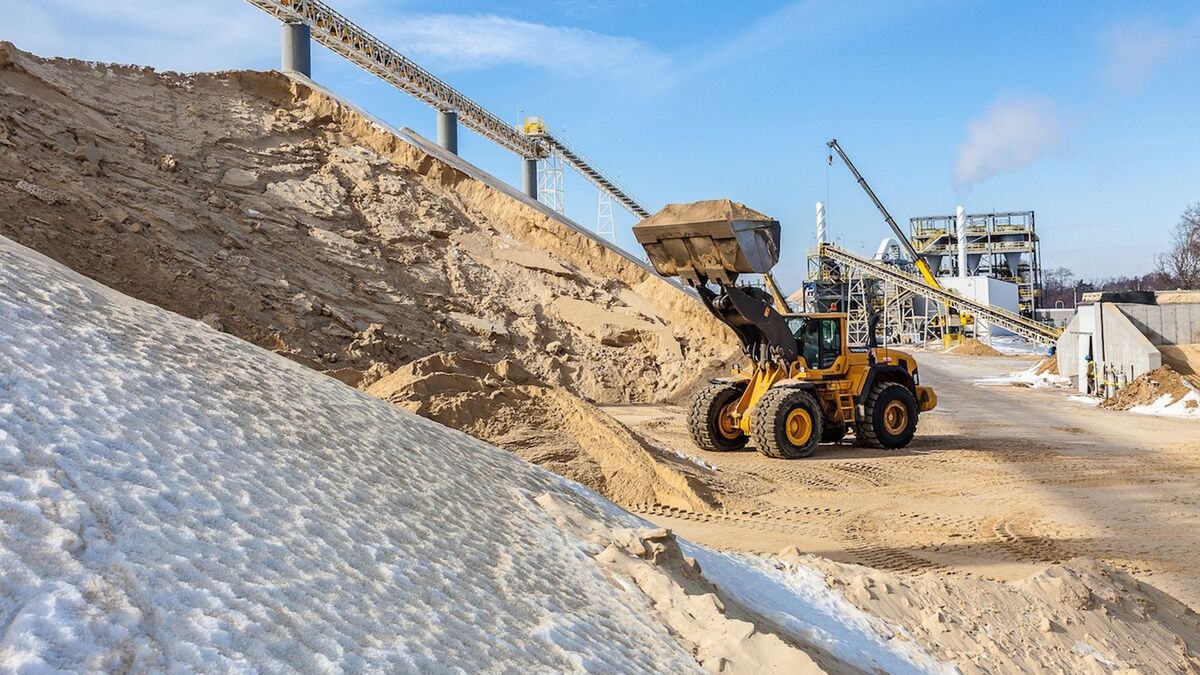
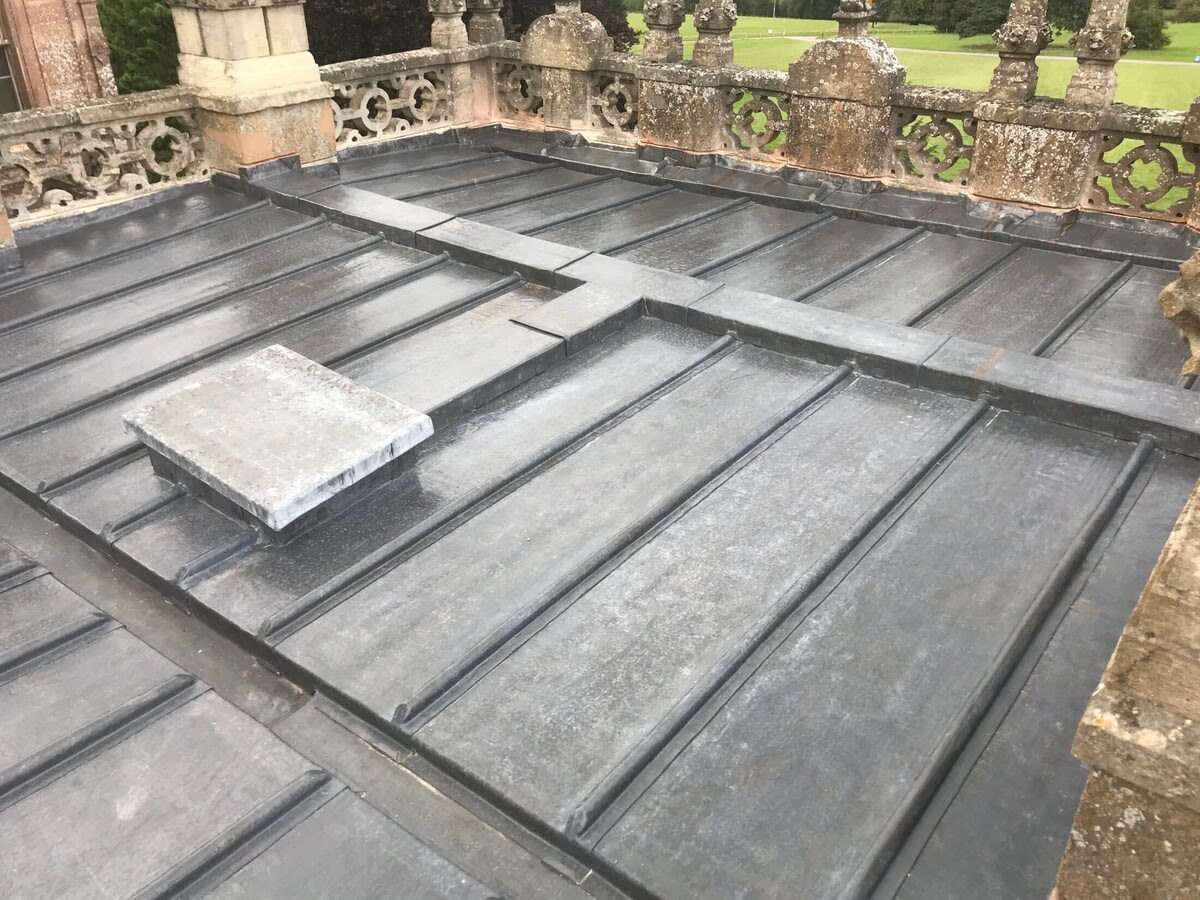

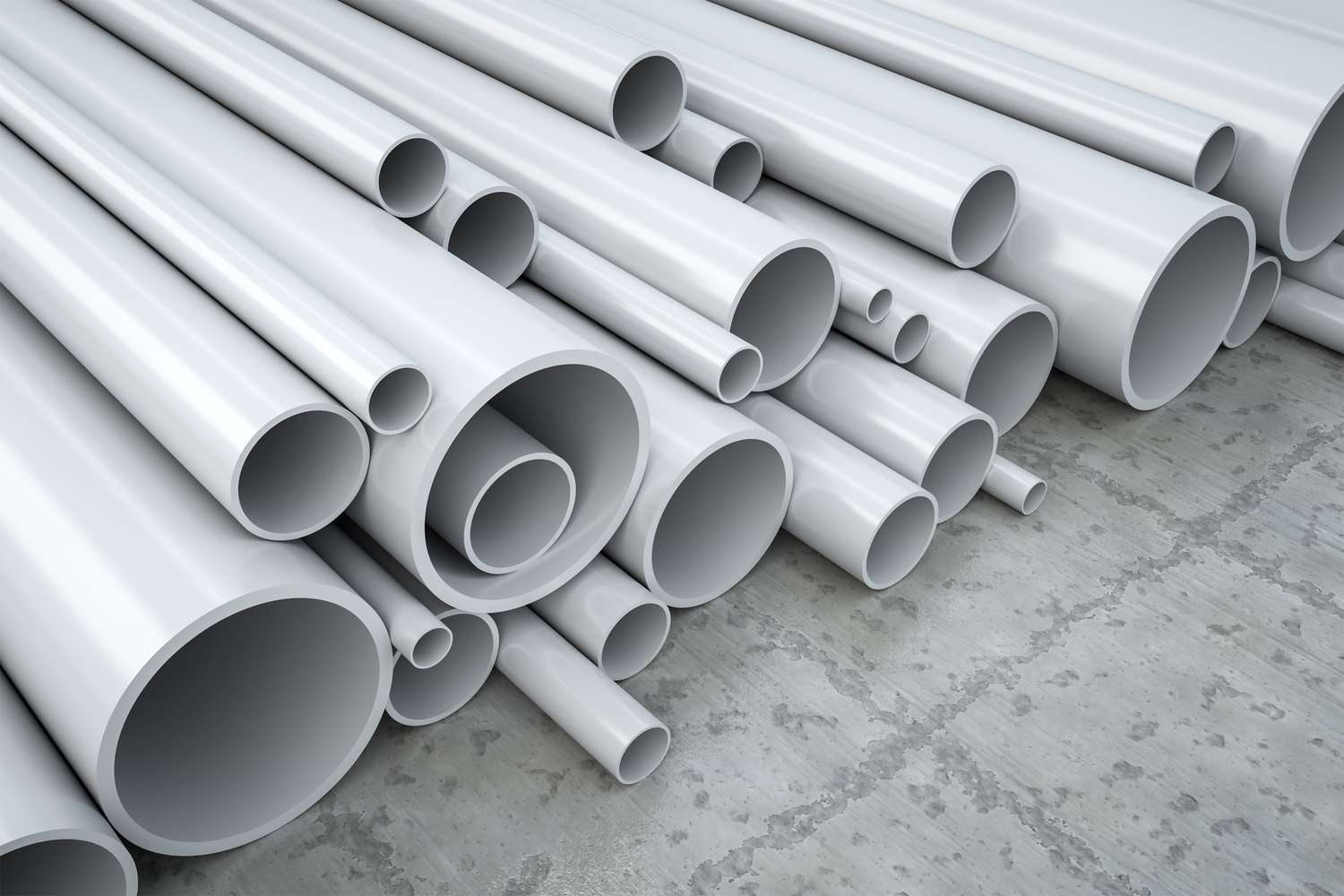



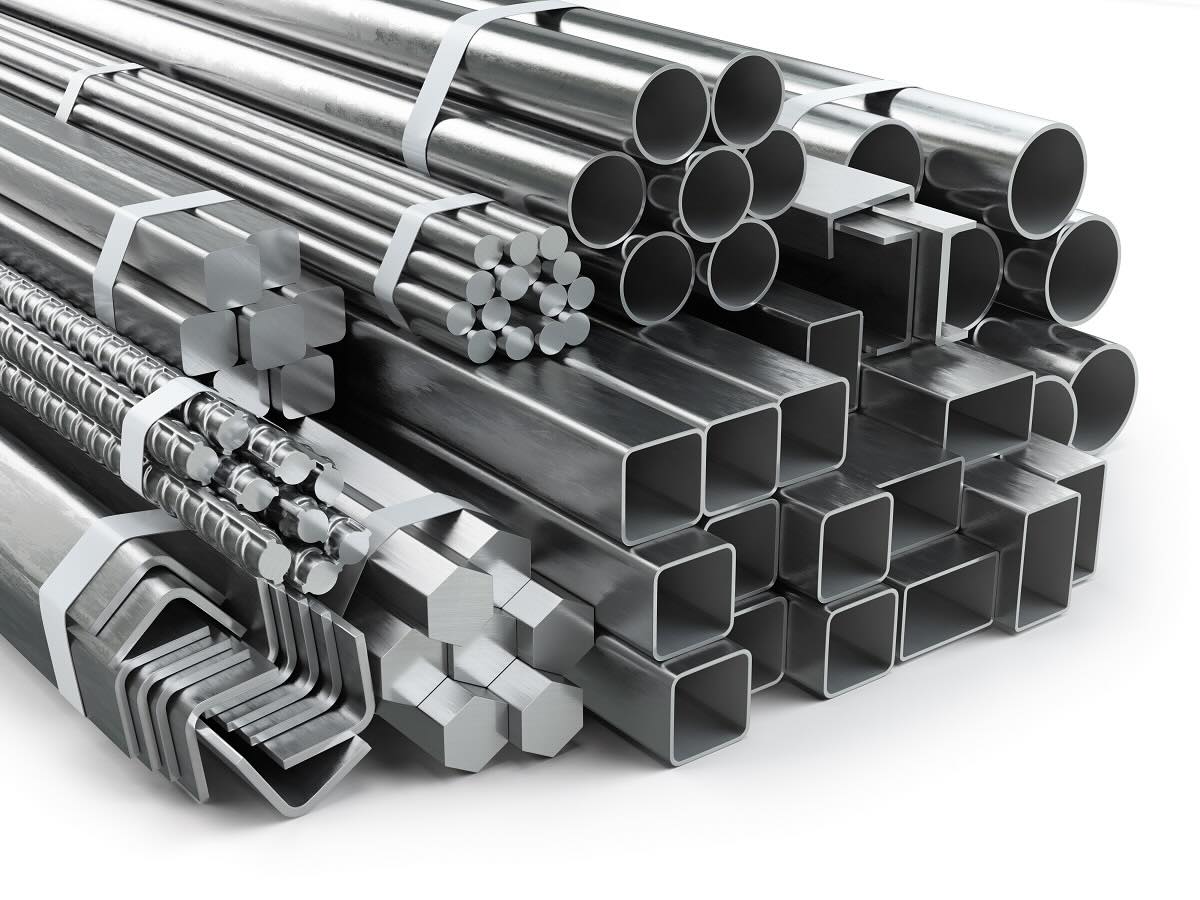

0 thoughts on “What Are Beams Used For In Construction”